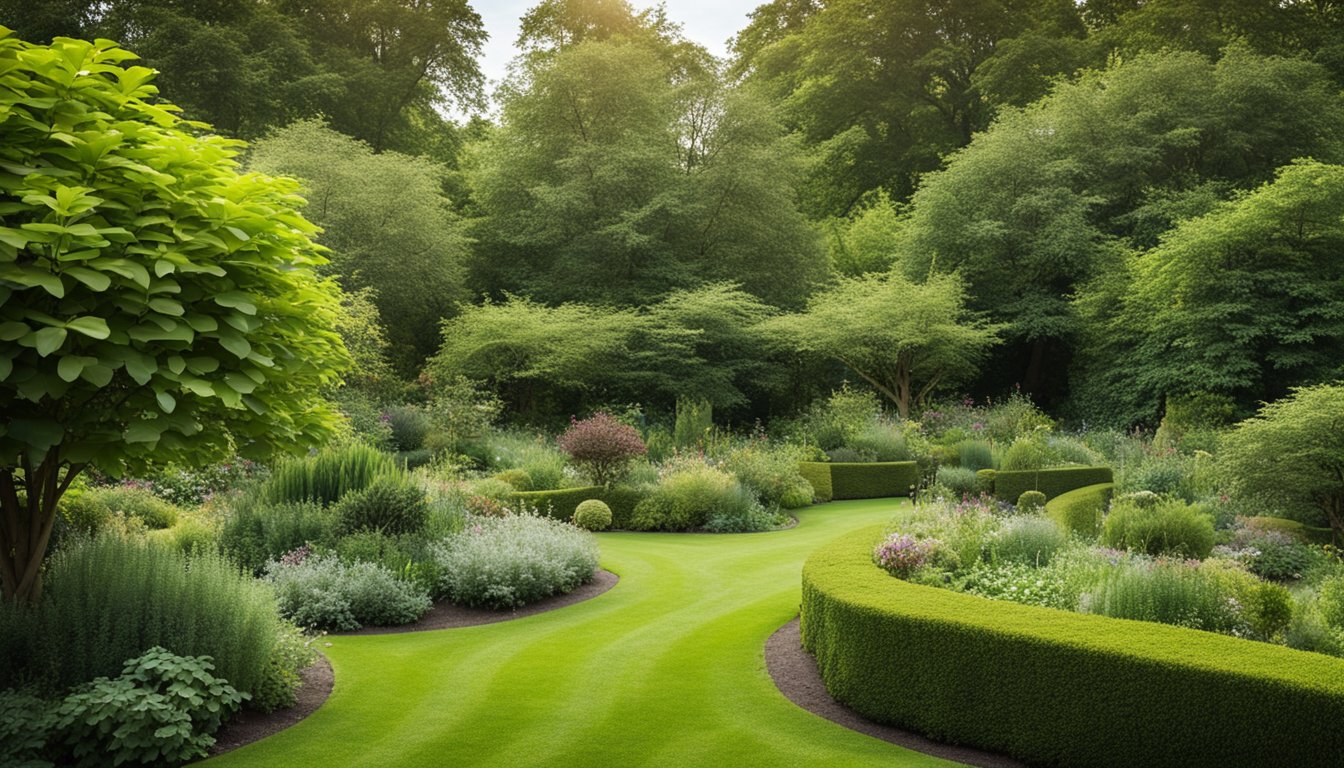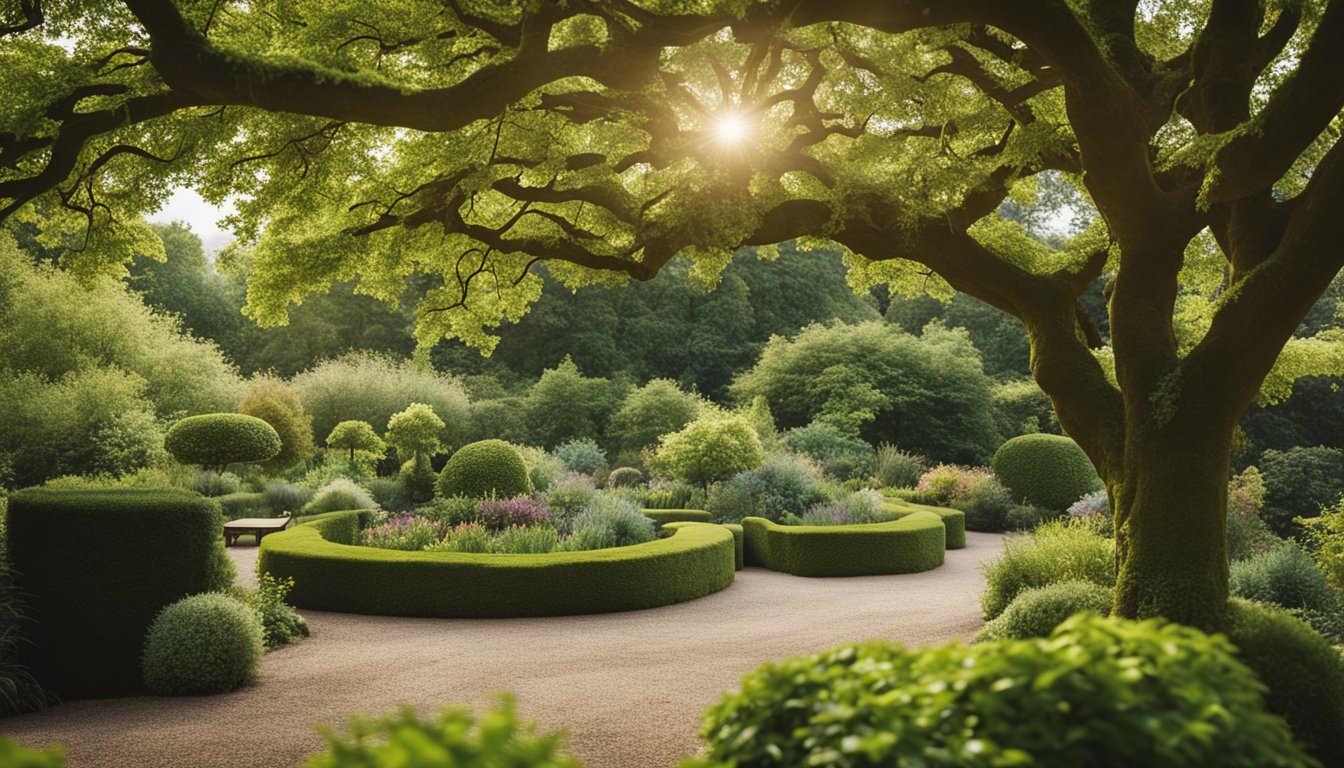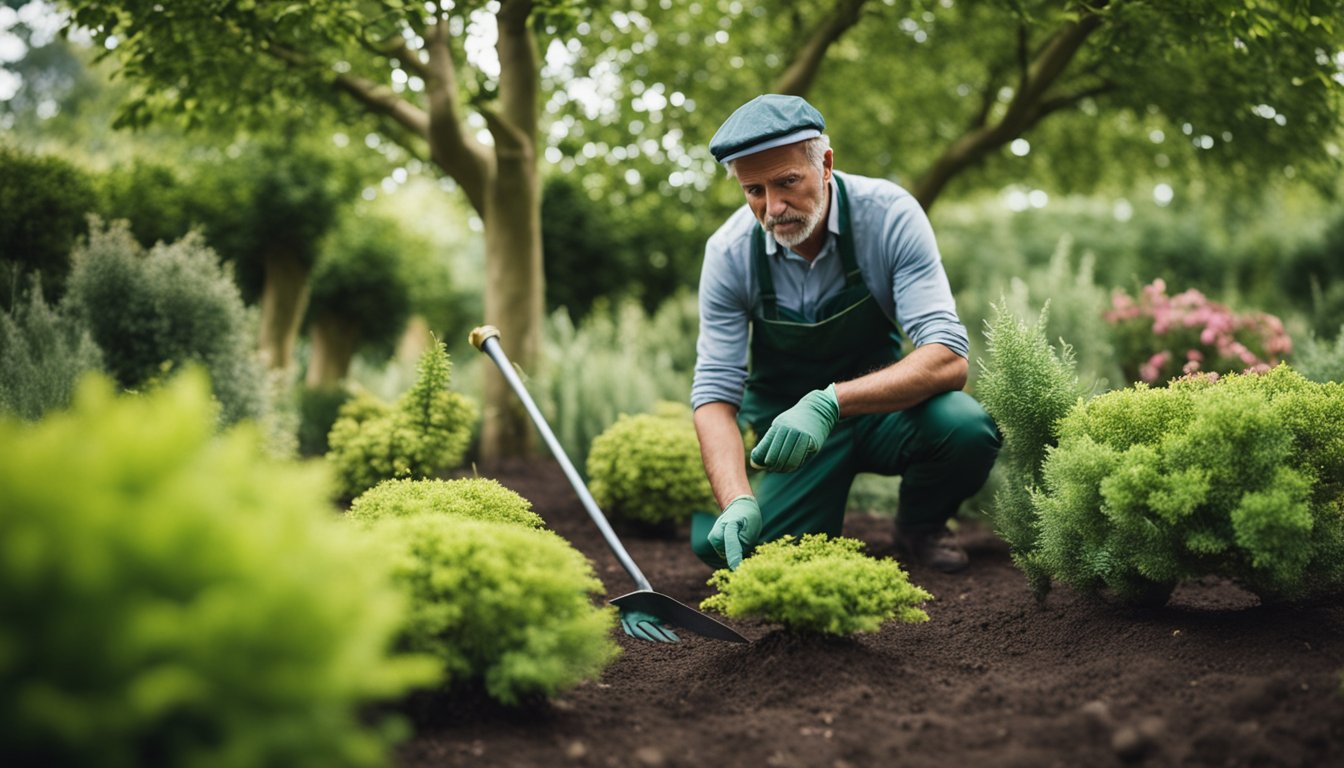Late updated: 15 Feb 2025 12:02
Written by: Emily Thornton
Rare Native UK Trees: Perfect Choices for Special Garden Projects
In the quest to cultivate a unique and environmentally conscious garden, exploring rare native UK trees offers a fascinating opportunity. These trees not only add distinction to any garden project but also contribute to the conservation of biodiversity by supporting native wildlife and ecosystems. Selecting rare native trees brings both aesthetic beauty and ecological value to garden spaces.

One species worth considering is the wild service tree, renowned for its distinctive maple-like leaves and historical significance in traditional uses. Incorporating such rare species can transform garden projects into sanctuaries for native flora and fauna. Our appreciation of these unique trees enhances not only our gardens but also plays a role in preserving the UK's rich natural heritage.
These trees require thoughtful care and selection based on their environmental needs and growth characteristics. Understanding the requirements and benefits of each species ensures their thriving presence within our gardens, making them not just rare, but treasured components of the landscape.
Key Takeaways
- Rare native UK trees offer aesthetic and ecological benefits.
- Incorporating these trees supports local biodiversity and conservation efforts.
- Careful selection and management ensure healthy growth in garden projects.
Conservation of Rare Native UK Trees

The conservation of rare native trees in the UK is crucial for maintaining biodiversity and preserving our natural heritage. These efforts are essential in safeguarding vulnerable species and their habitats.
Endangered Trees and the Importance of Conservation
Rare native trees such as the black poplar and certain ash species are among the UK's most endangered trees. With an estimated 7,000 mature black poplar trees remaining, their survival is vital to preserve ecological diversity. Endangered trees support wildlife and native species, creating habitats rich in biodiversity.
Conservation work involves protecting existing populations and promoting growth through planting initiatives. For instance, the Living Ash Project focuses on ash trees suffering from ash dieback disease. By identifying resistant varieties, projects like these aim to maintain healthy populations and ensure genetic diversity.
We must continue these efforts to prevent further decline of these vulnerable species. By focusing on native trees, we can enhance our ecosystems and provide critical resources for various wildlife forms.
The Role of Nature Reserves and Parks in Protecting Native Tree Species
Nature reserves and parks play a pivotal role in conserving the UK's rare native trees. These protected areas serve as sanctuaries where endangered species can thrive without the threat of habitat destruction. Park authorities prioritize managing and monitoring these environments to ensure the survival of native trees and the wildlife they support.
Wildlife trusts and government agencies collaborate to enforce conservation policies in these areas. Establishing seed banks and breeding programs helps to restore endangered trees. By creating conditions for growth and reproduction, parks and reserves become vital assets in safeguarding our natural heritage.
Our collective support and awareness can further boost these efforts, encouraging more robust ecosystems and lasting biodiversity.
Selecting and Caring for Native Trees in Special Garden Projects

Creating a harmonious garden using rare native UK trees requires thoughtful planning and commitment. Factors such as soil conditions, local habitat, and the specific needs of each tree species play a pivotal role in successful planting and maintenance.
Assessing Habitat and Soil Conditions for Native Tree Planting
Before choosing trees, it's essential to evaluate the garden's environment. Soil pH, drainage, and sunlight exposure are critical factors. For example, oak and ash thrive in well-drained neutral to alkaline soils, while Scots pine prefers sandy, acidic soils. Juniper and black poplar can tolerate wetter conditions, while wild service tree needs well-drained sites. Testing soil beforehand can prevent costly mistakes in tree selection.
Additionally, understanding the local climate and potential threats, such as ash dieback, is crucial. It's important to ensure that chosen species can adapt and thrive. Native woodlands and nearby greenery can offer valuable insights into which species are naturally supported in the area. By assessing these conditions meticulously, we enhance the likelihood of nurturing a successful, vibrant garden.
Rare and Majestic Trees: From Arran Whitebeam to Black Poplar
Incorporating rare native trees adds unique charm and biodiversity. Amongst these, the Arran whitebeam is notable for its rarity and distinctive appearance. Its small size and adaptability make it suitable for special projects. Meanwhile, the black poplar, with its majestic stature, can serve as a striking focal point. Other choices include the wild service tree, recognised for both its historical significance and ecological benefits.
The large-leaved lime and plymouth pear offer additional diversity. Choosing trees like hawthorn, holly, or rowan can enhance seasonal interest through berries and blossoms. These trees not only contribute beauty but also nurture a connection to our natural heritage. Proper care, from planting to maturity, ensures they persist for generations to enjoy.
Supporting Wildlife and Biodiversity Through Informed Planting
Selecting the right native trees plays a significant role in supporting local wildlife. Nut-bearing trees like oak provide nourishment for creatures such as squirrels and dormice. Meanwhile, hawthorn and dogwood, with their dense foliage and berries, offer shelter and food for birds. Pollinators benefit from blossoms provided by trees like the crab apple and wildflowers planted nearby.
Mature trees become habitats for various species, including insects, fungi, and small mammals. By enhancing biodiversity, these gardens create a living mosaic of species interactions. Our informed choices help foster healthier ecosystems, creating balanced environments that support both plant and animal life. Through thoughtful practices, we contribute positively to local biodiversity.
Frequently Asked Questions
In the world of native UK trees, rarity often means distinct charm and ecological importance. These trees can add unique beauty to gardens while supporting local wildlife and offering privacy.
What are the top 10 rarest trees in the UK?
Our list of rare trees includes the wild service tree and other unique species found in specific habitats. Some others might include the black poplar and the Plymouth pear, all of which are appreciated for their scarcity and contribution to biodiversity.
Which rare UK trees are suitable for small gardens that provide privacy?
For smaller gardens, consider trees that offer dense foliage such as the hazel or the rowan. These not only provide privacy but also boast seasonal beauty with their foliage and berries.
How can I acquire rare native trees for my garden landscaping project?
Acquiring rare native trees often involves contacting specialised nurseries or conservation organisations. These suppliers focus on native plant species and offer guidance on sustainable planting practices.
Which are the most visually stunning trees native to the UK?
Among the stunning native trees, we find the silver birch with its elegant bark, and the holly with its vibrant berries. Both add aesthetic value to various landscapes with their striking appearances.
What are the best rare native trees to plant in small UK gardens?
In small garden spaces, the crab apple offers beautiful blossoms and fruits. Alternatively, the field maple provides a distinctive and manageable shape. Each tree enhances garden aesthetics without overwhelming the space.
Could you identify unusual native trees found in Scotland?
Scotland is home to unique trees like the downy birch and the Scots pine, both well-adapted to the local climate. These trees exemplify the region's distinct flora and continue to be a key part of Scotland's natural heritage.
